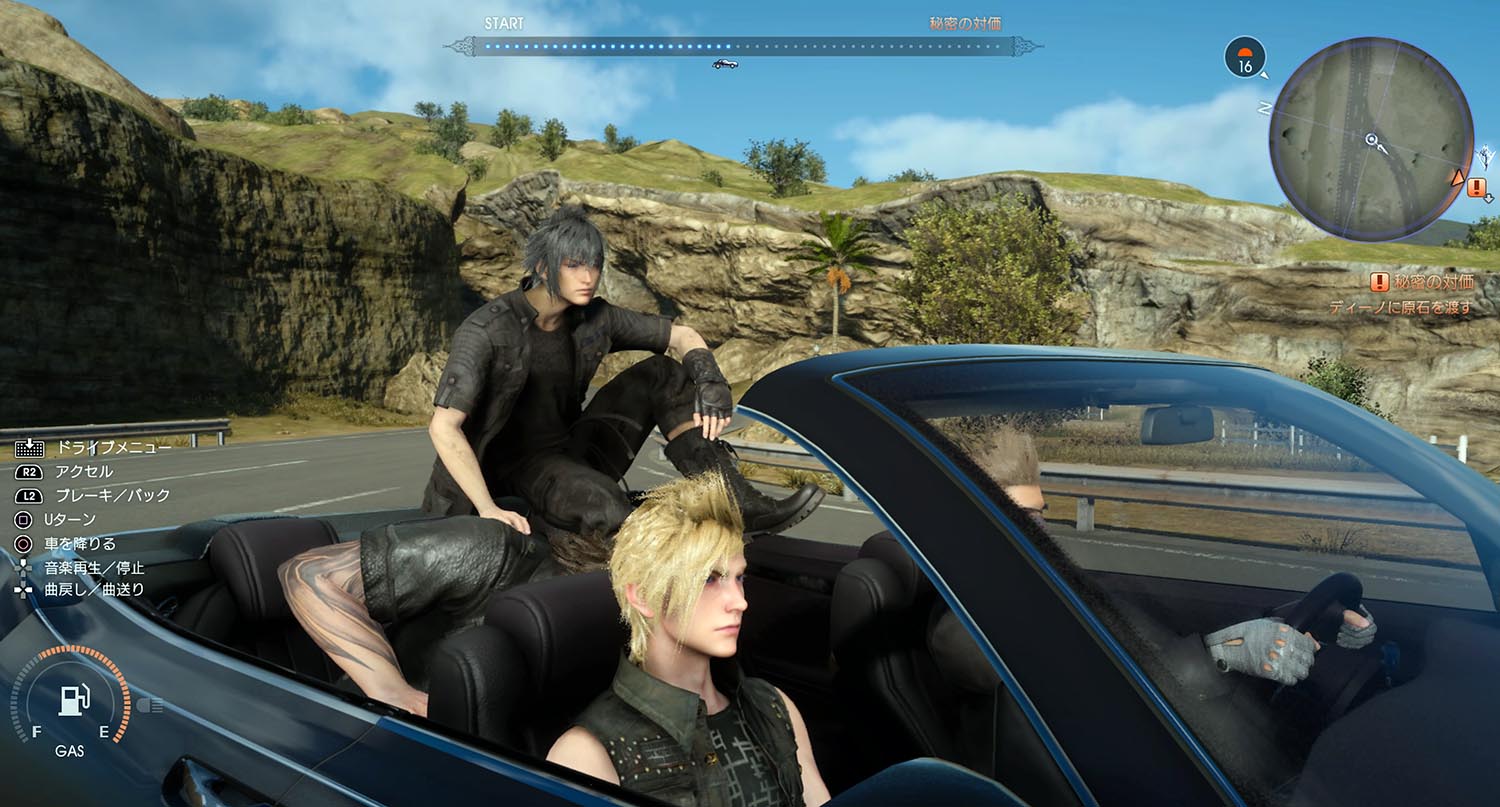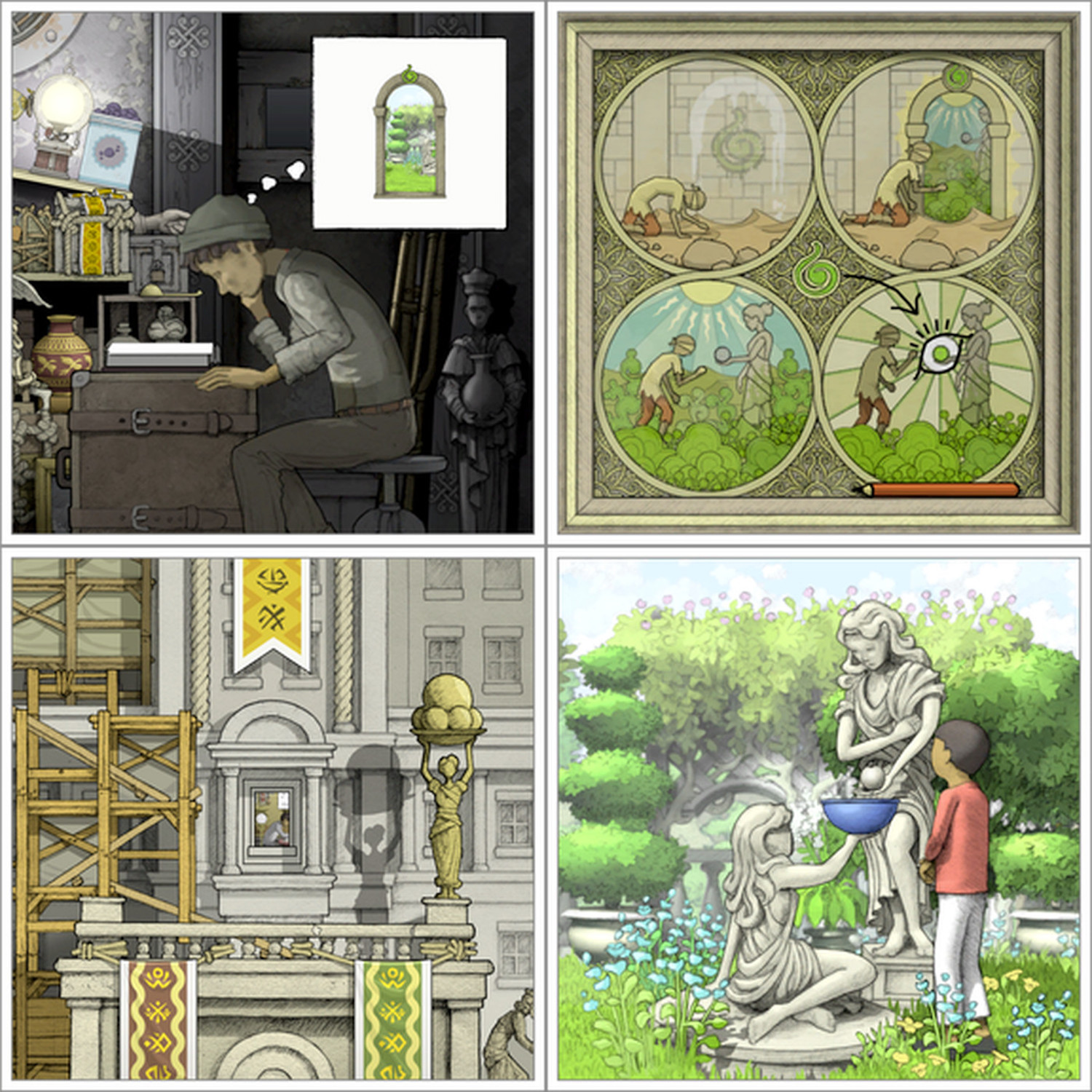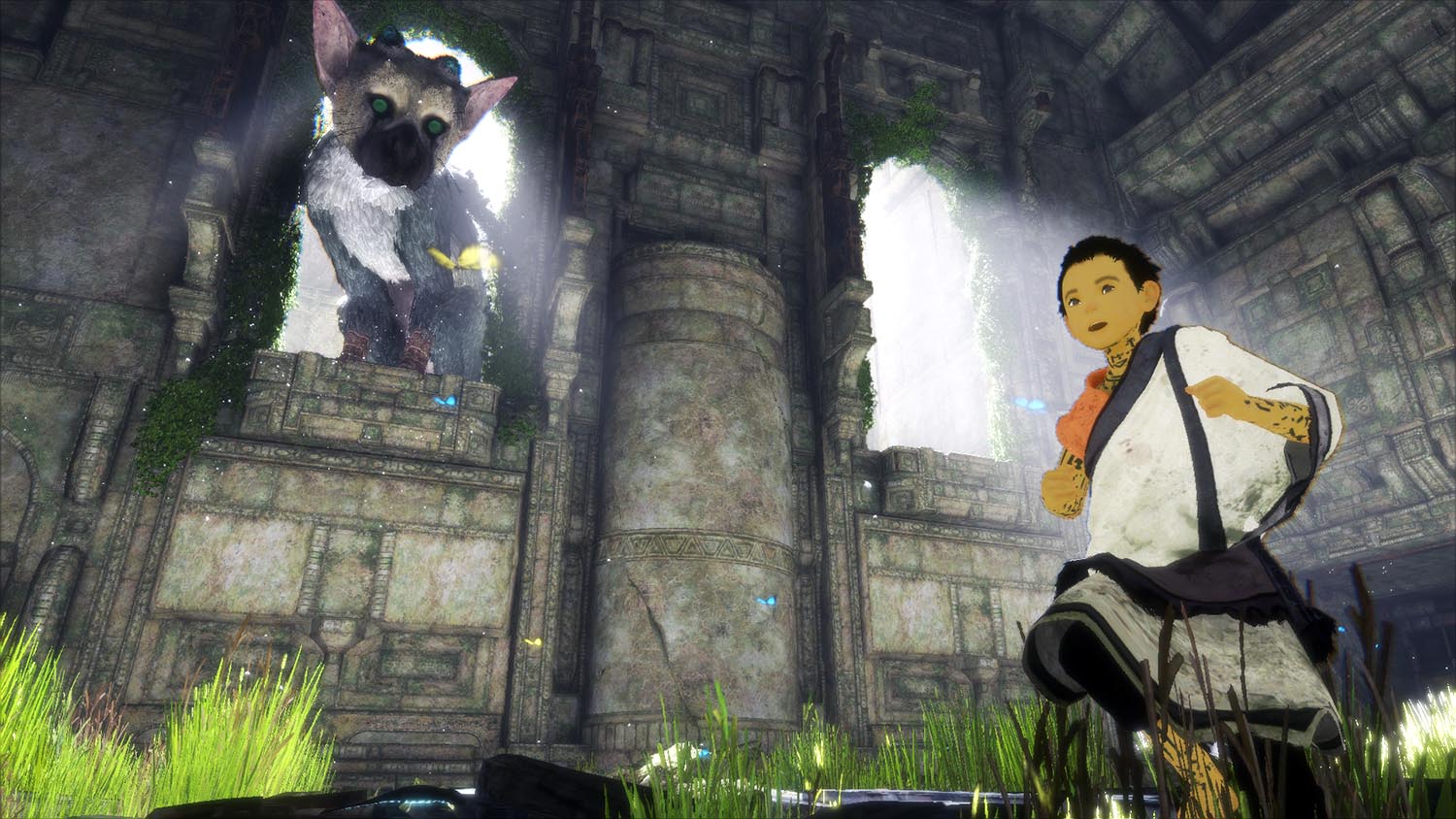Game State is a column by artist Oliver Payne covering the mechanics, aesthetics and ideas of video games.
“Throw Cappy at a frog and Mario will disappear leaving the frog sporting both a red cap and a moustache. Mario appears to get sucked into the hat, though where that leaves the essences of both Cappy and the frog is an unanswered but philosophically fascinating question.”— Jordan Erica Webber, “Super Mario Odyssey review: controlling a sentient hat has never been so fun,” The Guardian, October 26, 2017
Super Mario Odyssey (Nintendo, 2017) prominently features a ghostly sidekick named Cappy, a friendly specter who takes the form of Mario’s iconic red hat. Cappy can be thrown onto various enemies and objects, enabling Mario to temporarily inhabit the subjects and to dominate and control them from within. The purpose of possessing these otherwise indifferent, or outright hostile, non-player characters (or in certain cases elements of the environment, such as a manhole cover or power line) is to adopt their skills, moves, or very thingness and to make use of those qualities for the task at hand.
The idea is a twist on an old Mario favorite. In previous games, he often had access to a variety of suits that would bestow upon him particular abilities. A Frog Suit would increases his jump and take the hassle out of swimming. The Tanooki Suit would transform him both into the eponymous, mythological Japanese raccoon dog and an invincible, unmovable stone statue. Yet throughout, the player was still always playing as Mario in costume.
The Cappy mechanism serves the same purpose as those suits — altering or enhancing Mario’s repertoire of abilities and movements so that he can advance successfully through the current puzzle — however it entails a fundamentally different process, whereby Mario is no longer dressing up as someone or something but actually possessing that character or thing. With this the game raises the question of what it might be like to experience the Mario universe from the perspective of its multitude of incidental inhabitants. Or perhaps suggests that organisms can have different Umwelten, even though they share the same environment.
It would be misleading to go as far as to suggest that the experience of contemplating the mushroom kingdom from the perspective of a Goomba is intended to be an exercise in procedural empathy. The player may notice the Goomba’s grippy feet, lower jump, and waddling gait, but Mario remains unchanged by the experience once he has returned to his default form. But perhaps our personal experience of controlling Mario does change in some small way. As we possess a succession of separate entities over the course of the game, Mario becomes ever so slightly demoted from protagonist to default avatar.
The worlds of the Mario games are host to a large number of unfriendly inhabitants, such as the aforementioned, fungal Goomba, the turtle-like Koopa Troopa, and the squid-like Blooper. The only meaning assigned to these actors is as adversaries of Mario, obstacles to his current objective. Presumably, these residents go about their daily business, whether Mario is present to witness it or not. Chain-Chomps chomp, Cannons fire, Lava bubbles, Bob-ombs explode regardless of Mario’s presence.
Take Bullet Bill for example, the furious-faced oversized bullet who has been an enemy of Mario’s since the series debut, Super Mario Bros (Nintendo, 1985). When fired from a Bill Blaster, he appears to spend his brief moments alive angrily searching for something to blow up. We assume it is his aim to maximize collateral damage before he combusts. The player has encountered him countless times before but only ever from the perspective of Mario, who has always apparently been the object of Bill’s ire. But when Mario assumes control of Bullet Bill, then there would be no external Mario left for Bill to blow up. And why would he want to anyway? After all, Mario is not playing as Bullet Bill; we are playing Mario in the form of Bullet Bill, and only for our own ends. As such, neither Mario nor the player can truly know the intentions of the Bullet or the Goomba or the Manhole Cover. We can only know how it feels to make use of the inhabitants for the needs of Mario. Which pulls into focus how Mario is also only there for us. He is, of course, the star of the show. He is the default, multipurpose avatar, who gets the bulk of the job done. And yet, by giving us access to the toolset of fifty-something enemies and objects, the game seems to suggest that Mario is also but one of many tools to work through the worlds of the game.
In order to really understand the way in which a Goomba might experience the mushroom kingdom, we must momentarily abandon Mario’s objectives, quests, and goals. Forget about rescuing Princess Peach and collecting Power Moons, and instead just be a Goomba, for the very sake only of Goombing, whatever that may be.




